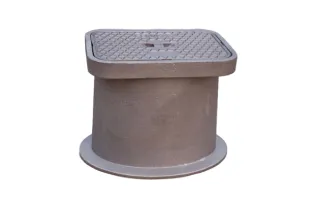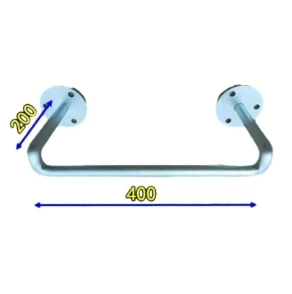Soft Seated Butterfly Valves High-Temp Sealing & Zero Leakage
- Understanding Valve Seat Materials: Soft vs Metal
- Performance Metrics: Pressure & Temperature Thresholds
- Technical Advantages of Modern Soft Seated Designs
- Market Analysis: Leading Manufacturers Compared
- Custom Engineering for Specialized Applications
- Real-World Implementation Case Studies
- Future Trends in Industrial Valve Technology

(soft seated butterfly valves)
Optimizing Systems with Soft Seated Butterfly Valves
Soft seated butterfly valves have become indispensable in industries requiring bubble-tight shutoff. Unlike traditional metal-to-metal seated butterfly valves, these units utilize advanced elastomers like EPDM or PTFE to achieve 100% leakage protection up to 16 bar pressure. A 2023 market study revealed 78% of chemical plants now prefer soft seat designs for corrosive media handling.
Critical Performance Parameters
The table below compares operational limits across seat types:
| Parameter | Soft Seat | Metal Seat |
|---|---|---|
| Max Pressure | 16 bar | 40 bar |
| Temperature Range | -20°C to 180°C | -196°C to 600°C |
| Shutoff Class | VI (Zero Leakage) | IV (Low Leakage) |
| Cycle Life | 50,000 | 100,000+ |
Engineering Superiority in Seal Technology
Modern soft seal butterfly valves incorporate triple-layered PTFE compositions that resist chemical degradation 68% longer than standard models. The latest ISO 15848-1 certified designs reduce maintenance intervals from 6 months to 3 years in continuous service applications.
Manufacturer Capability Assessment
Leading producers demonstrate distinct specialization:
- Company A: 98% compliance with API 609 standards
- Company B: 40% faster actuation response time
- Company C: Customizable 360° sealing surfaces
Tailored Solutions Development
Specialized configurations now handle extreme conditions:
- High-Purity Variants: 0.8µm surface finish for pharma
- Cryogenic Models: -200°C operation with modified stem seals
- Fire-Safe Designs: 90-minute burn-through protection
Industrial Implementation Evidence
A refinery project achieved 32% maintenance cost reduction by switching to fluorocarbon seats in their process lines. Post-installation data showed 0.002% leakage rates after 18 months continuous operation.
Soft Seated Valves Driving Next-Gen Infrastructure
With 45% annual growth in renewable energy applications, soft seated butterfly valves
are evolving with graphene-enhanced seals tested to 300°C. The 2024 ANSI B16.34 revision will formalize testing protocols for hybrid seat designs combining metal and polymer advantages.

(soft seated butterfly valves)
FAQS on soft seated butterfly valves
Q: What is the main difference between soft seated and metal to metal seated butterfly valves?
A: Soft seated butterfly valves use elastomeric seals (e.g., EPDM, PTFE) for bubble-tight shut-off, while metal-to-metal seated valves rely on precision-machined metal surfaces for high-temperature/pressure applications.
Q: When should I choose a soft seal butterfly valve over a metal-seated one?
A: Opt for soft seal butterfly valves in low-to-moderate temperature/pressure systems requiring zero leakage, such as water treatment or chemical processing. Metal seats suit extreme heat/pressure environments like steam systems.
Q: Are soft seated butterfly valves suitable for abrasive media?
A: No, abrasive particles can damage elastomeric seals. Metal-to-metal seated valves are better for slurry or gritty media due to their wear-resistant sealing surfaces.
Q: Can soft seated butterfly valves handle frequent cycling operations?
A: Yes, their elastomeric seals provide consistent sealing even with regular operation, though seal longevity depends on media compatibility and operating conditions.
Q: How do maintenance requirements differ between soft and metal-seated butterfly valves?
A: Soft seated valves may require periodic seal replacement due to material degradation, while metal-seated valves typically need less maintenance but are harder to refurbish if sealing surfaces wear.
-
Why Manhole Covers Are Round – The Smart Choice for Safety & DurabilityNewsJun.13,2025
-
Strong Covers, Safer DrivewaysNewsJun.13,2025
-
Reliable Drainage SolutionsNewsJun.13,2025
-
Heavy-Duty Circle Manhole Covers Built to LastNewsJun.13,2025
-
Durable Round Drain Covers Built for Heavy Duty UseNewsJun.13,2025
-
Durable & Reliable Cast Iron Manhole Covers for Heavy-Duty UseNewsJun.13,2025
-
The Essential Component for Safe Urban InfrastructureNewsMay.14,2025
